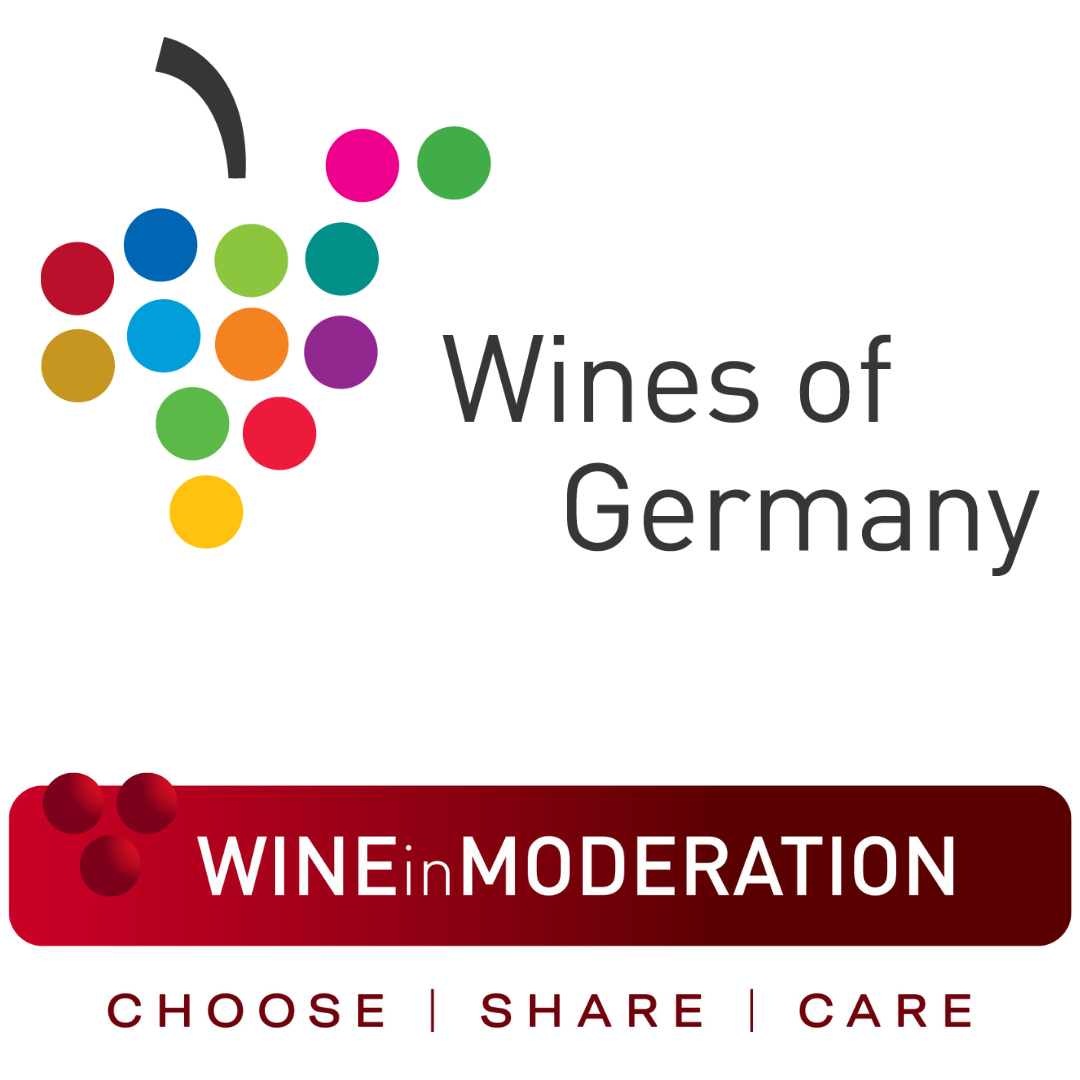Each post in our 5 to Try series showcases five examples of stellar wines from varying wine styles, grapes, and Germany’s 13 winegrowing regions. This month, we’re showcasing wines that are both rich in flavor and history!
Since the arrival of the Romans in 50 BC, winemaking has been an integral part of German history. Around 2,000 years ago, the Romans brought viticulture to the Mosel and Rhine regions. Nearly 800 years later, Charlemagne supported the spread of viticulture in the country by recognizing the Rheingau’s potential to suitably grow grapes.
Today, many wineries throughout Germany maintain their focus on tradition and history as the estates have been passed on from generation to generation. For a list of wines produced by some of Germany’s most historic estates, see a few of our recommendations below!
1. Burgerspital Pfaffenberg Würzburger Silvaner Trocken, Franken
Originally founded as a hospital, Bürgerspital zum Heiligen Geist (Citizens’ Hospital of the Holy Spirit) is one of the oldest and largest vineyard owners in Germany. In 1316, Johannes von Steren founded the “New Hospital” as a refuge for citizens in need in the town of Würzburg. The winery grew out of donated land and was set up to support the work of the charity hospital it shares a name with. Today, its 120 hectares of vineyards produce Silvaner, Riesling and the Pinot varieties.
Year Established: 1316
2. Dr. Pauly-Bergweiler Noble House Riesling QbA, Mosel
While winery and estate date back to the 16th century, this wine is named after the “Noble House,” which was constructed in 1743. Today the estate is owned by Dr. Peter Pauly and his wife Helga. The winery places a strong emphasis on cultivating some of the Mosel’s most renowned vineyard sites.
Year Established: 16th century
Technical Information (from importer)
3. Dr. Bürklin-Wolf Wachenheimer Riesling, Pfalz
The Dr. Bürklin-Wolf estate dates back to 1597. Today, it’s owned by the Bürklin-Wolf family, who have managed it for four generations. One prominent member of the family was Dr. Albert Bürklin, who was a member of the German Reischstag (Parliament) from 1884 to 1898, during which time he served as its Vice President for a number of years. The 85 hectare estate has been owned by Bettina Bürklin-von Guradze since 1990 and converted entirely to biodynamics in 2001.
Year Established: 1597
4. Schloss Johannisberg (Fürst von Metternich) Rotlack Riesling Kabinett Feinherb, Rheingau
Established in 817, Schloss Johannisberg is one of Germany’s most celebrated and renowned estates. Since 1720, Riesling has been the only grape variety cultivated on the 51 acre estate. The late harvest Spältese style was accidentally created at this estate in 1775 when the mounted messenger carrying permission to harvest from the prince bishop of Fulda was delayed for 14 days, causing the cellarman to reap the fully ripe grapes.
Year Established: 817
5. Weingut Keller Riesling Limestone Kabinett, Rheinhessen
After Johann Leonhard Keller acquired the Huckbacker vineyard in 1789, Weingut Keller was established. Today, the estate is attributed the birthplace of the Renaissance in the Rheinhessen and houses three generations of the Keller family. Klaus Peter Keller, the current owner, manages the 24 acre estate that is today one of Germany’s most renowned and celebrated.
Year Established: 1789
Planning on trying any of these 5 wines? Don’t forget to tag and follow @GermanWineUSA!
